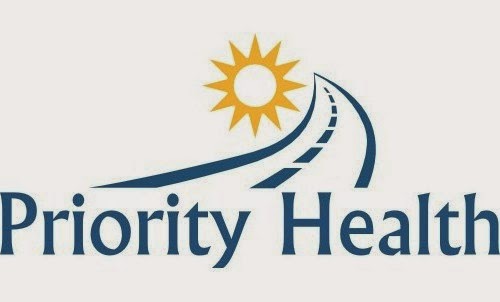
By Denny Watkins
The "secret" ingredients that give colognes their particular scents could also be damaging sperm, according to a study by the nonprofit consumer advocate Environmental Working Group.
Researchers analyzed the chemical composition of 17 perfumes and colognes and discovered that many scented products contain compounds that have the potential to interact with hormones. One chemical, a solvent called diethyl pthalate, was found in 12 products and was linked to sperm damage in a 2006 Harvard study. Sperm damage can lower fertility.
What's more, DEP is just one of 12 different hormone-disrupting compounds found in the colognes. Georgio Armani's Acqua di Gio, for example, contains seven compounds that interact with either estrogen or androgen (female and male hormones) or both, according to the study.
"We don't know how harmful repeated use of these colognes and perfumes are, because the emphasis in the industry is not on long-term testing," says study author Dr. Olga V. Naidenko.
"While infrequent use could be fine, because the same chemicals show up in many different products, over time they can build up in your body and have bad effects," she says.
The EWG's study aimed to determine how many chemicals are used in colognes that are not listed on the label. Fragrance manufacturers can skirt some rules about listing the contents of their products because the formulas for a particular scent are trademarked and considered proprietary knowledge.
The colognes and perfumes tested were a random sampling of products the average consumer might find at a department or drugstore.
A fragrance by American Eagle Outfitters called AE77 had the most undisclosed ingredients with 24 chemicals, followed by Chanel Coco with 18 unlisted ingredients. Dolce and Gabbana Light Blue had the fewest unlisted ingredients, containing just seven.
While DEP is used as a solvent in the fragrances, other unlisted ingredients seem to help create the cologne's particular scent -- but that doesn't mean they're harmless. The study describes two synthetic musks, galaxolide and tonalide, as interfering with estrogen and androgen. Galaxolide has also been found in the umbilical cords of newborn babies, proving that newborns are exposed to the chemicals in the womb.
EWG is pushing for greater regulation of scented products.
"First, we'd like to see every ingredient listed on the label, because people should know what's going on or in their bodies," Naidenko says. "The next step is to make sure the ingredients used have been thoroughly tested to determine their safety."
The EWG maintains a database of cosmetics and personal care products with hazard ratings.
[editors note: For years I have been warning about environmental compounds affecting sex hormones and sex hormone receptors (environmental estrogen modifiers for example) and I shy away from house air fresheners (Glade, Febreze), fragrances and other non-therapeutic chemicals when at all possible. Stick with natural extracts when you can (sandalwood, lavender). For my bHRT patients, this article rings true, that often the good we do in medicine is thwarted by inadvertent actions at attempts at hygiene and glamour.]
Source: http://www.aolhealth.com/condition-center/mens-sexual-health/cologne-chemicals-damage-sperm





